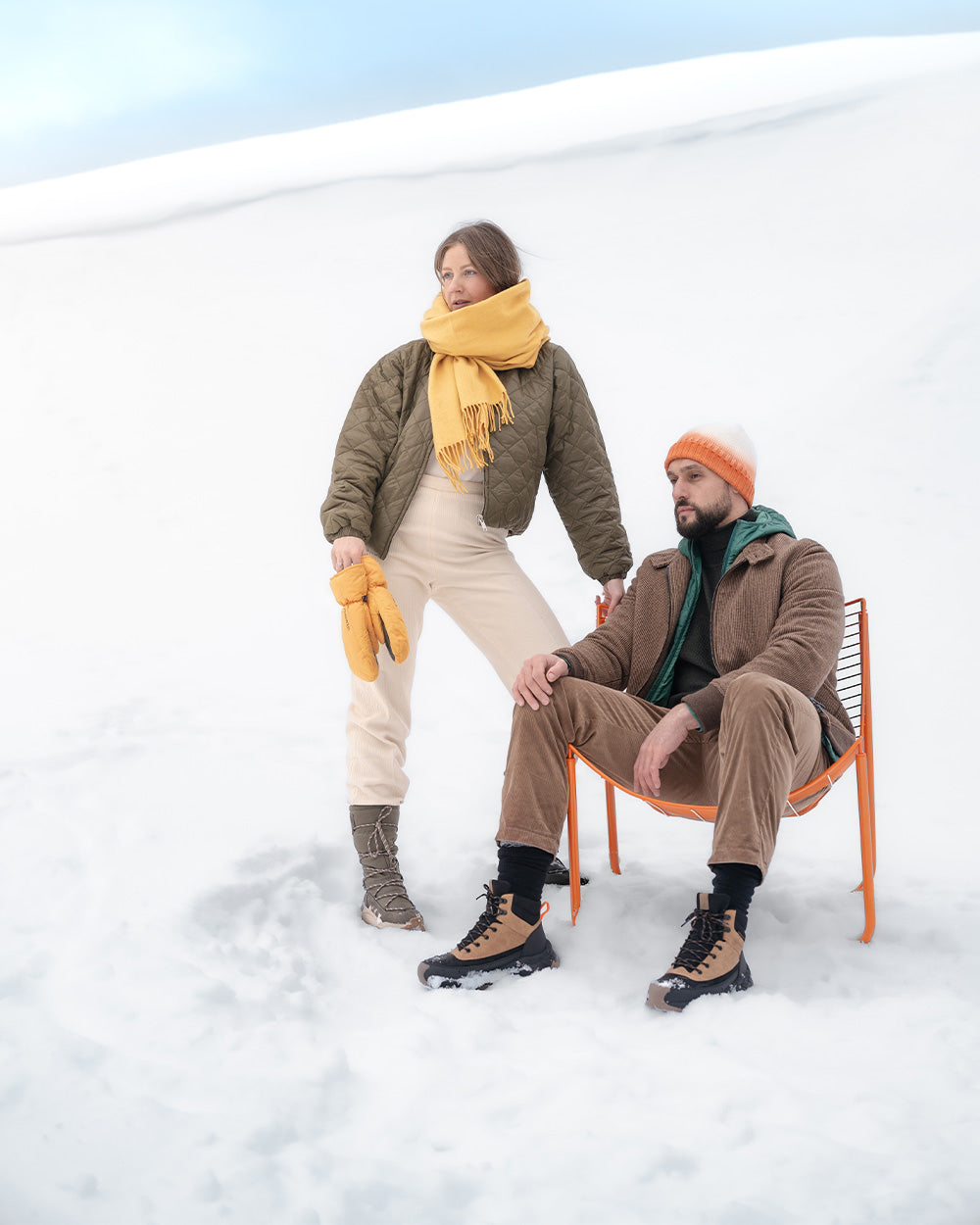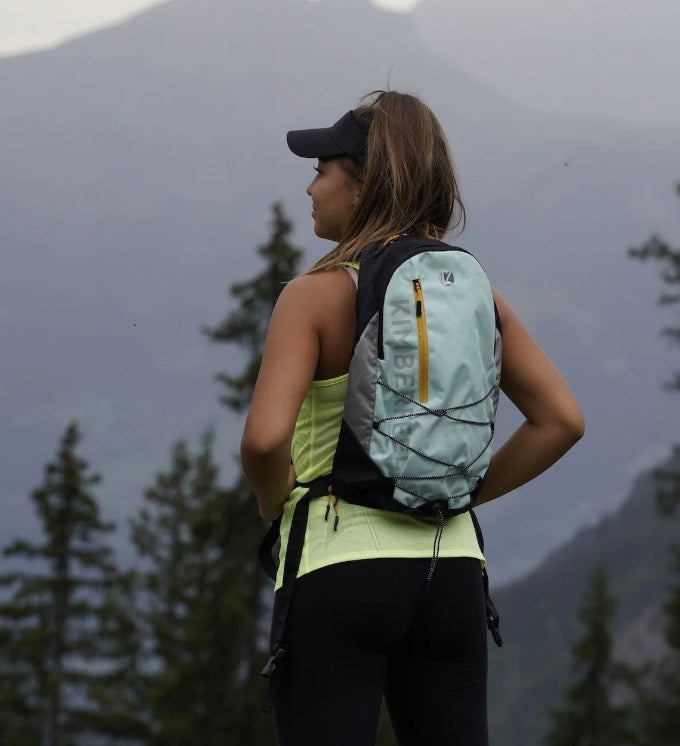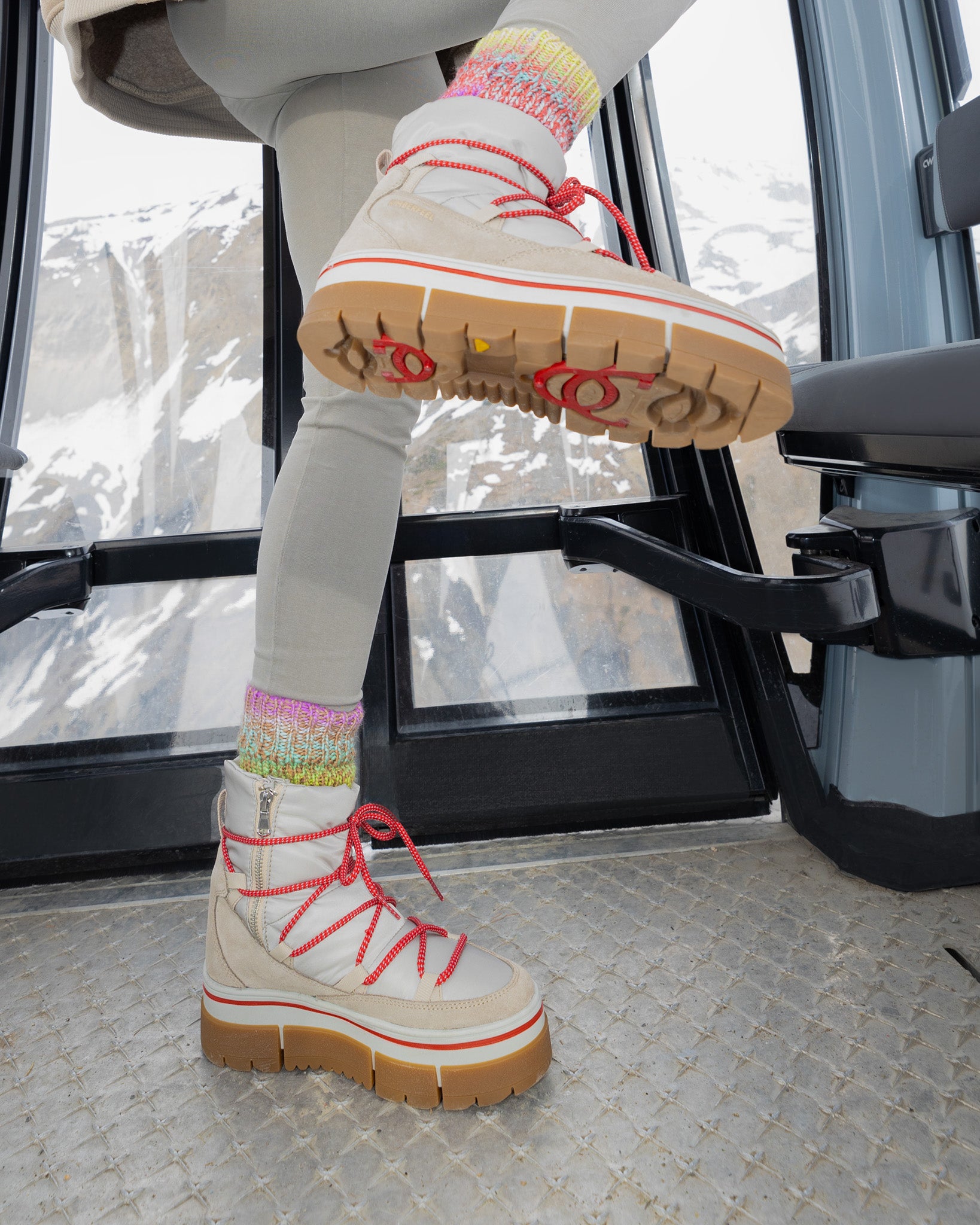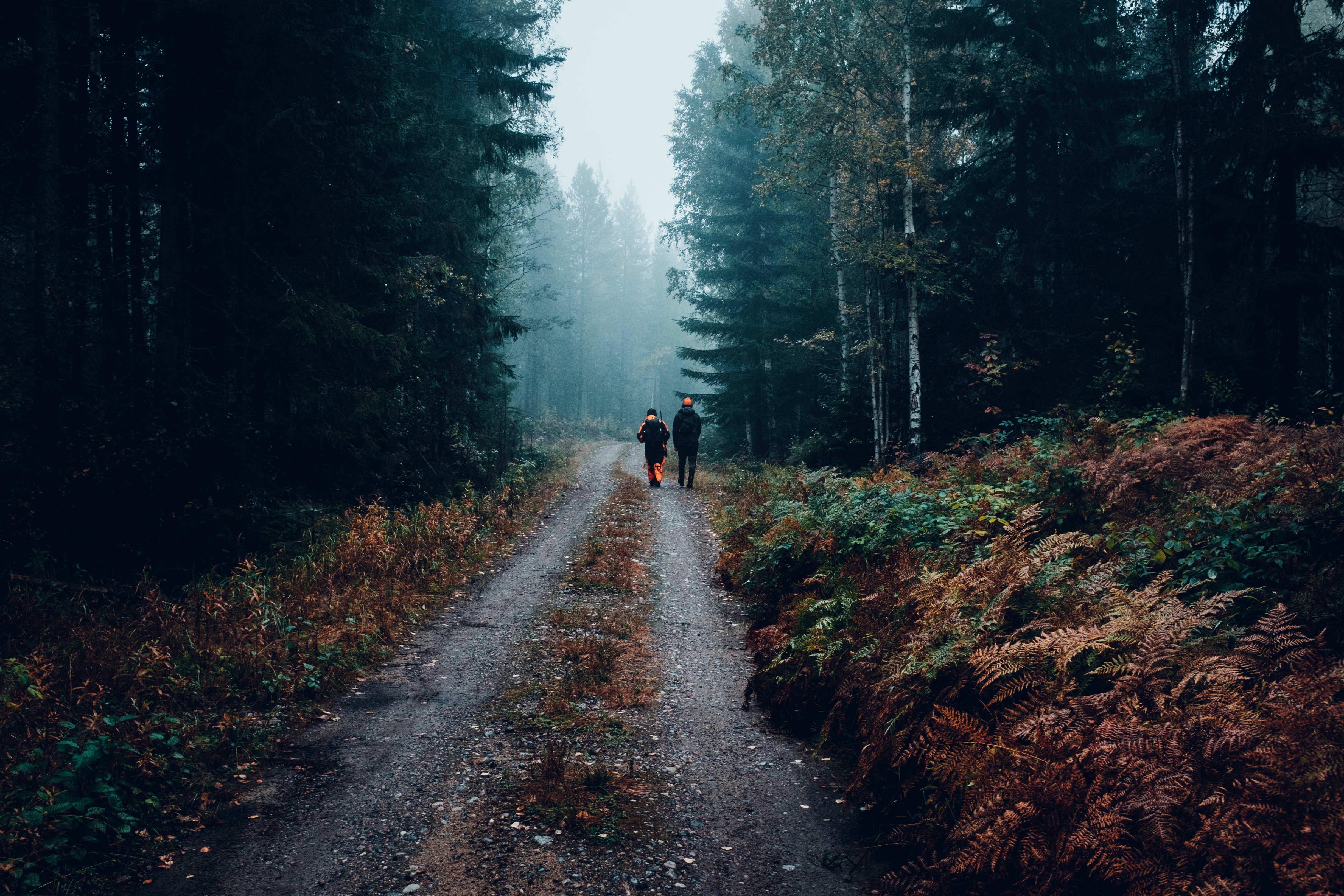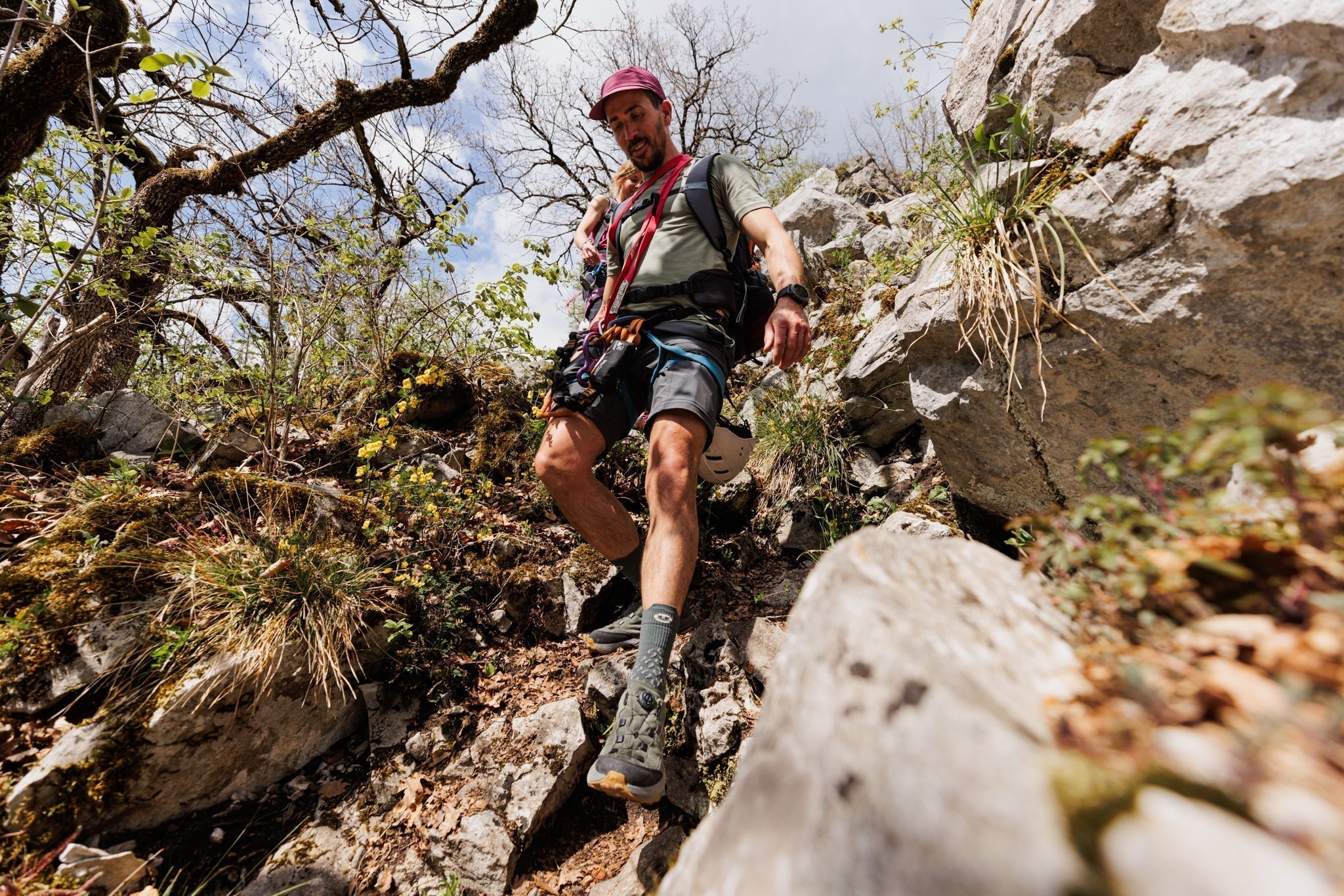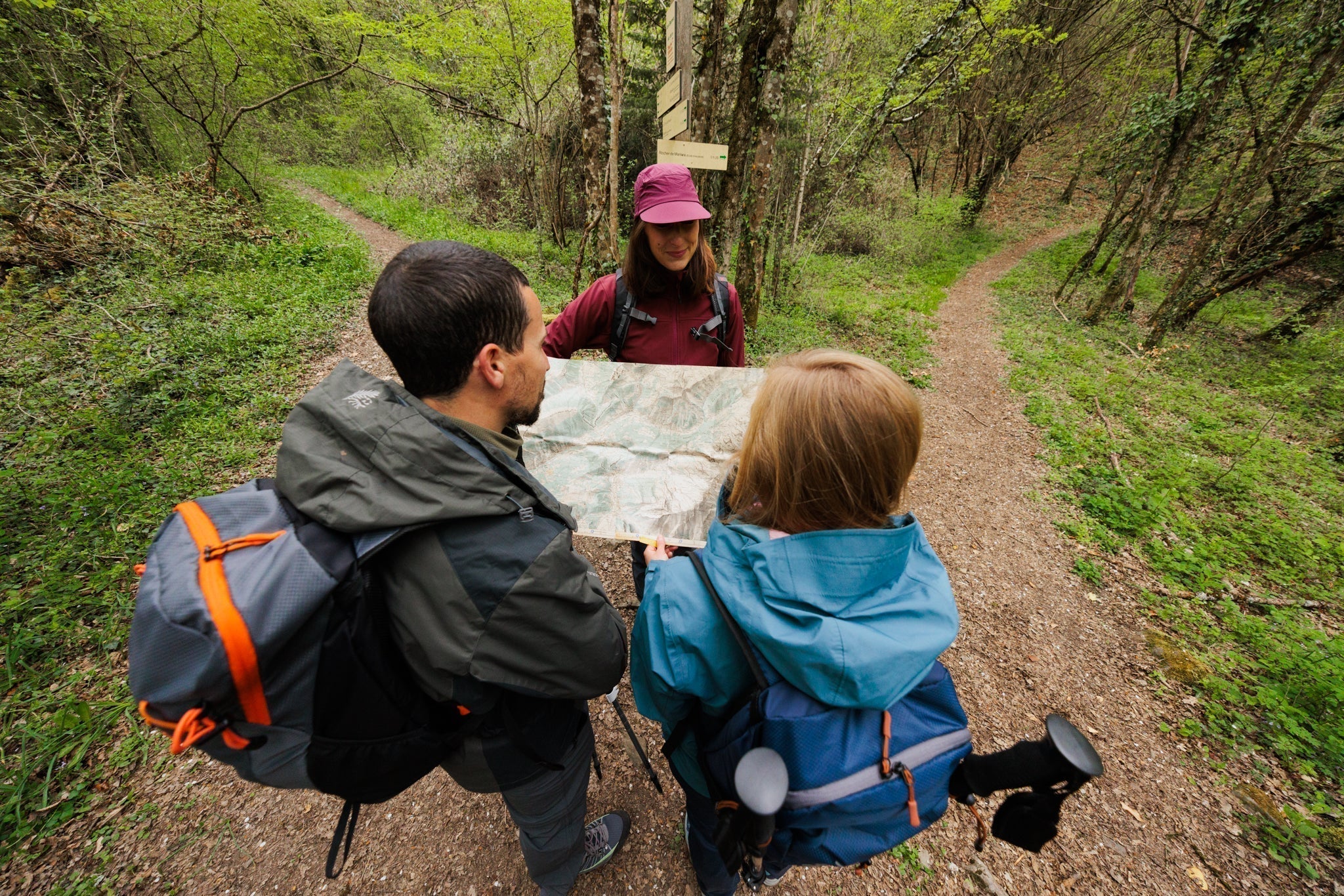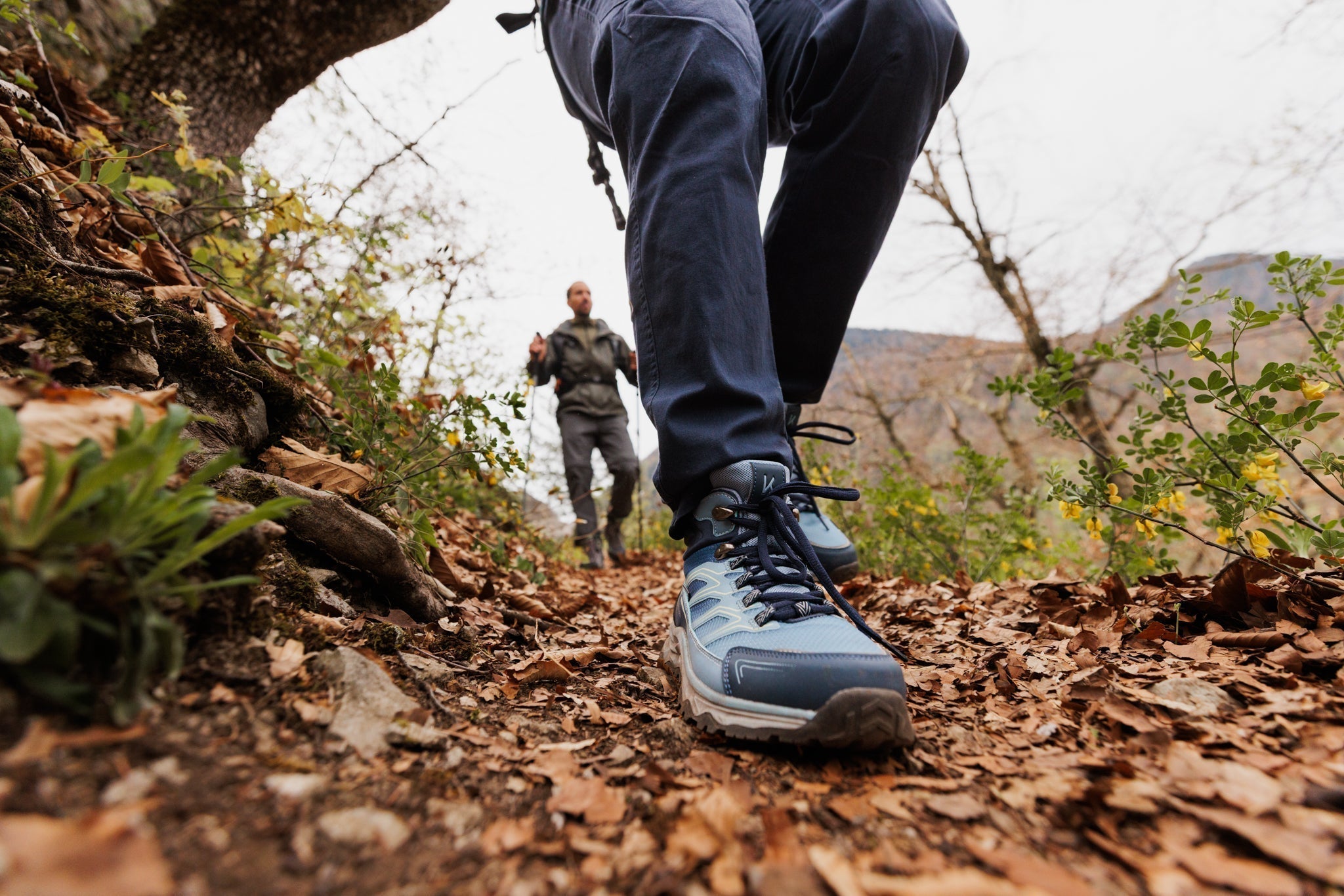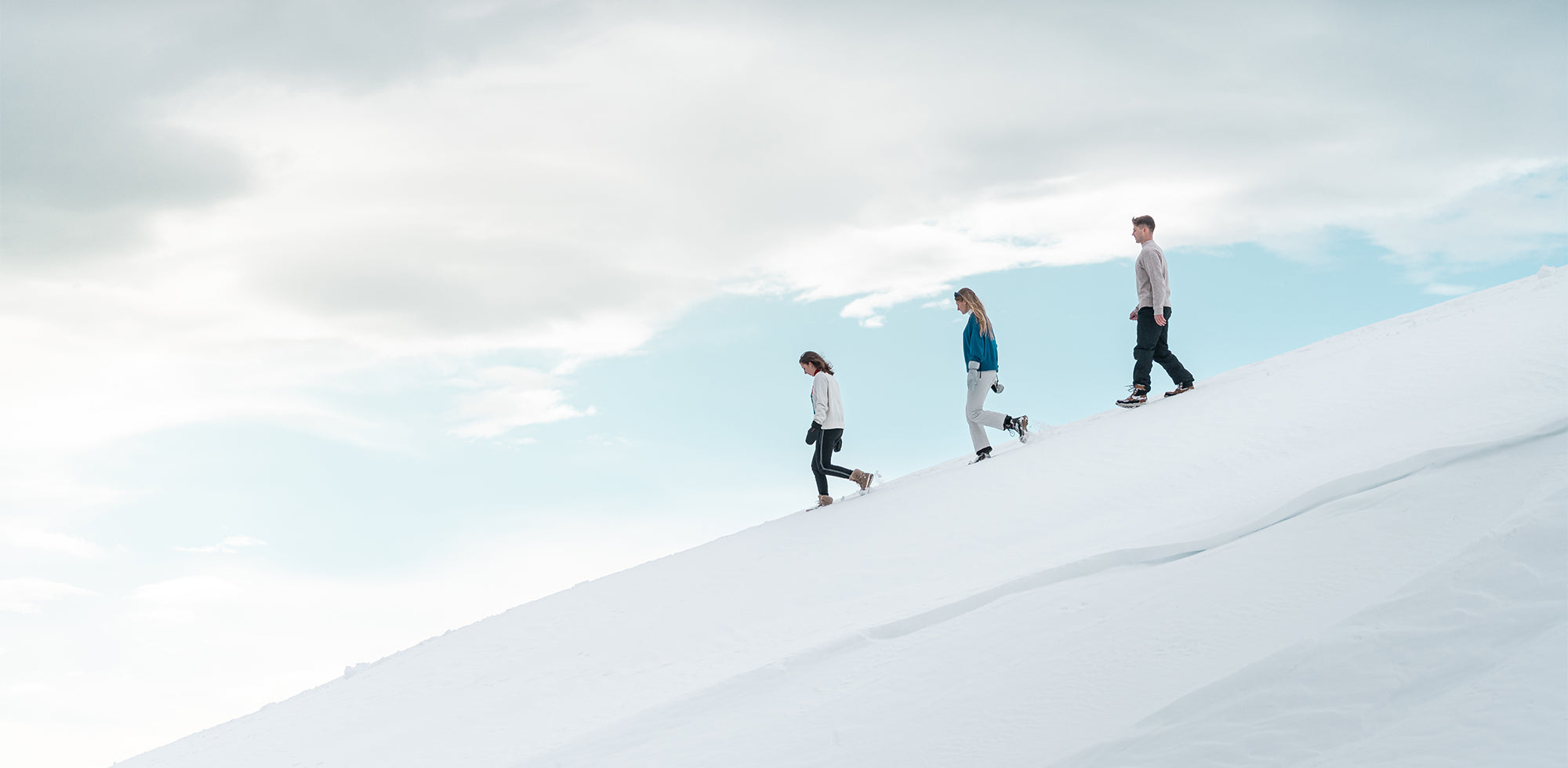Choosing the right backpack is essential to fully enjoy your hike, whether it's a day trip or a multi-day expedition. A poorly chosen bag can quickly turn the adventure into a nightmare.
In this article, discover our practical advice for choosing the ideal backpack, depending on the duration of your outing, your equipment, and your comfort. Follow the guide to find the perfect bag and get ready to explore the trails without compromise.
01. Determine the duration and type of hike
The first criterion to take into account when choosing the right backpack is the duration of your hike and the type of terrain you will face. You will not choose the same bag for a short walk of a few hours as for an adventure of several days in the mountains. It is according to your program that you will be able to refine your choice.
Day hike
If you're going on a day hike, there's no need to weigh yourself down with a bag that's too big. Opt for a lightweight bag, with a capacity between 10 and 30 liters . The idea is to take just what you need: a bottle of water, a few snacks, a waterproof jacket and maybe a small first aid kit. You want to be able to move around freely, so choose a compact bag with well-placed pockets for easy access to your belongings.
Multi-day hike
If you're going on an adventure for several days, you'll need a larger bag, usually between 40 and 60 liters. This type of bag should be able to accommodate all the necessary equipment: tent, sleeping bag, change of clothes, food, etc. Make sure it's well-compartmentalized, so you can store your belongings in an organized way and access them without emptying your entire bag at each stop.
Technical hikes or hikes in extreme conditions
If you’re heading out on a hike in the mountains or in harsh conditions, then your pack needs to be up to the task. Specialized models offer options like water resistance, ultra-durable materials, and even systems for attaching technical gear like ice axes or crampons. The key here is durability and functionality, because in the wilderness, you need to be able to count on your pack.
02. Study the characteristics of the backpack
Now that you have an idea of the type of hiking you're going to do, it's time to take a closer look at the features of your future bag. Not all backpacks are created equal, and certain details can really make a difference in terms of comfort and practicality. Here are the elements not to be overlooked.
Capacity (in liters)
The first criterion to consider is the capacity of the backpack, often expressed in liters. As we saw in the first part, it all depends on the duration of your hike. If you are going for a day, a bag between 10 and 30 liters is sufficient. For an outing of several days, a bag of at least 40 liters is essential. The idea is not to choose a bag that is too big (you risk overloading it), nor too small (you will not have enough space for your things).
Carrying system
When we talk about carrying systems, we immediately think of the shoulder straps, the waist belt, and the back of the bag. And these are the elements that will determine the comfort of your backpack, especially over long distances. The shoulder straps must be well padded and adjustable to adapt to your body shape. The waist belt is essential to distribute the weight of the bag between the shoulders and hips, thus relieving your back.
Finally, choose a bag with a ventilated back, especially if you are hiking in summer, to avoid ending up soaked in sweat.
Compartments and accessibility
A good backpack is, above all, a well-organized bag. The compartments allow you to separate your belongings and find them easily. Look for a model with side pockets to slip in a water bottle, front pockets for your small items (map, glasses, snacks), and a main pocket large enough to store your bulkier items. The more easily accessible your items are, the more time and energy you will save during your hike.
Resistance and materials
Another aspect to consider is the durability of the bag. Backpacks designed for hiking are usually made of lightweight but durable materials, such as nylon or polyester. If you plan on hiking in wet weather or in the mountains, opt for a bag that is waterproof or has a built-in rain cover. There’s nothing worse than finding your belongings soaked after a downpour! The durability of the material is also crucial, especially if you hike regularly or in harsh conditions.

03. Ensure a perfect fit
Having a well-equipped and functional bag is essential. But it still needs to be well adjusted to your body shape. A poorly adjusted bag is a guarantee of back or shoulder pain after a few hours of walking. Here's how to make sure your backpack is an ally, not a burden.
Adjustment according to your body shape
Comfort is all about fit. Before you head out on a hike, take the time to properly adjust your pack. Start by adjusting the straps so that the pack is snug against your back, but without compressing your shoulders. There should be a balance between support and freedom of movement.
Next, adjust the waist belt. It should sit on your hips, not your waist, so that the weight is evenly distributed between your hips and shoulders. This belt will allow you to carry more without tiring quickly. Once the belt is adjusted, adjust the chest straps. They stabilize the bag and prevent the shoulder straps from moving too much, especially on uneven terrain.
Weight distribution
A well-balanced backpack is the key to avoiding unnecessary fatigue and pain. The trick is to distribute the weight in your pack well. Place the heaviest items, such as water or camping gear, close to your back and as low in the pack as possible. This will keep your center of gravity close to your body, which will prevent you from leaning forward as you walk.
Light items, such as clothing, should be placed further back in the bag. Finally, small items that you need to have close at hand (snacks, phone, map) can go in the outer or upper pockets. Good weight distribution is the guarantee of a more enjoyable and less tiring hike.
04. The little extras that make the difference
In addition to the basic features like size and comfort, there are a few extras that can really make a difference when hiking. It’s these little details that make a backpack even more practical and enjoyable to use. Here are some options to consider before making your choice.
Backpacks with waterproof cover
One of the essential accessories, especially if you are hiking in the mountains or in areas where the weather can change quickly, is a rain cover . Many hiking backpacks come with a built-in rain cover, which quickly deploys to protect your belongings in the event of a downpour. If your bag does not have one, consider purchasing one separately, because there is nothing worse than finding your gear and clothes soaked in the middle of a hike.
Compatibility with a hydration system
If you're going on long hikes, hydration is essential. A backpack that's compatible with a water bladder (or "camelbak") is a real plus. You'll be able to drink while walking, without having to stop to take out your water bottle. It's super practical and allows you to stay focused on your route. Make sure the bag has a dedicated compartment for the water bladder and a passage for the hydration tube.
Integrated accessories
Some hikes require a little more gear than others. If you're a fan of technical terrain or mountaineering, look for a backpack with straps or loops specifically designed to attach your hiking poles , ice axe, or even helmet. These built-in accessories allow you to carry everything you need without taking up too much space inside your pack.
Finally, the compression straps are also a great feature. They allow you to reduce the size of your bag when it is not completely full, making it more stable and comfortable to carry.
The summits are yours!
The right backpack is your best ally when hiking. Whether it's for a short outing or an adventure lasting several days, it must meet your needs and follow you everywhere, without slowing you down. Choosing the right one means thinking about your comfort, weight distribution, and the little extras that make all the difference.
So, before you hit the trails, take the time to choose the bag that really suits you. And if you're looking for reliable equipment designed for hikers, Kimberfeel bags are there to accompany you wherever you go.
It's your turn: grab your bag, put on your shoes , and set off on an adventure!

